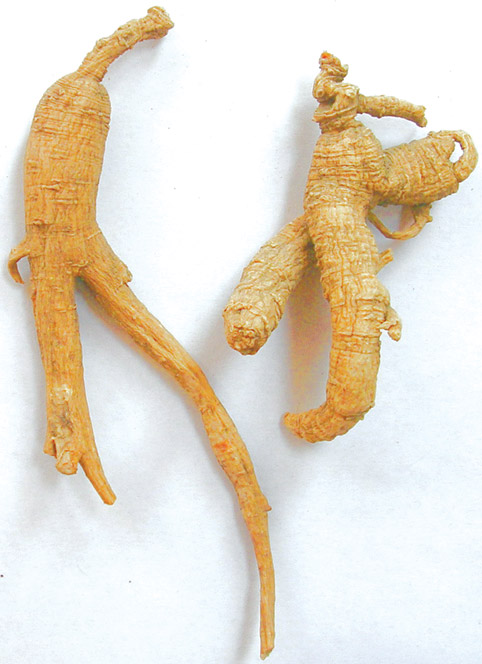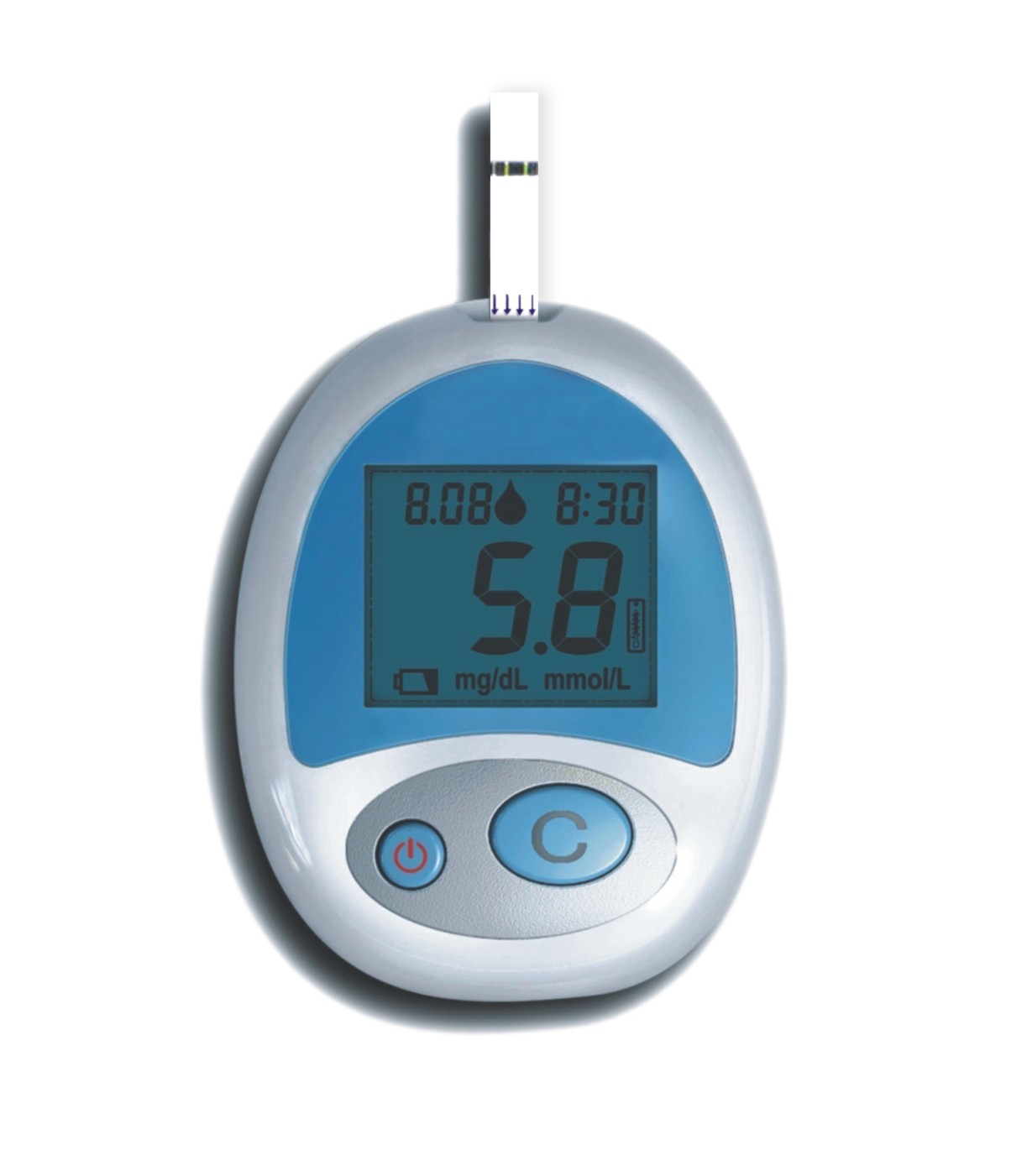Suffering from Cancer Related Fatigue? Chemo Brain?
Decrease your Cancer Fatigue by taking control of inflammation.

I take 2 - 4 Curcumin capsules a day to lower inflammation, as well as Reservatrol, and I add a few drops of Astragalus tincture if needed.
~~~~
High inflammation equals promotion of Cancer fatigue, Cancer growth and Cancer recurrence. Research shows that many herbal medicines can lower pro-inflammatory factors fueling this common side effect of hormone therapy. Below are six herbs that may transform exhaustion into vitality.
One of many reasons we "feel sick" and experience fatigue is due to elevated levels of pro-inflammatory factors. By lowering the levels of these damaging factors we can transform fatigue into well-being, enhance vitality and quality of life and mitigate inflammation related pain.
Inflammation is a fact of cancer and contributes to one of the most common complaints of cancer patients and cancer survivors, Cancer Related Fatigue, a distressing and persistent sense of physical and emotional tiredness as well as reduced mental clarity and alertness. Cancer survivors complain of inability to focus and concentrate, poor memory, inability to think clearly as well as sadness and depression, symptoms of Chemo Brain.
Cancer Fatigue is a common side effect experienced by breast cancer patients undergoing hormone therapy.
Studies have shown that Cancer Fatigue is linked to increased levels of two inflammatory molecules produced by our cells: Tumor Necrosis Factor alpha (TNFa) and Interleukin 6 (IL-6). Increased inflammation contributes to a sense of malaise, lethargy, muscle tenderness and even Lowering TNFa and IL-6 also have been shown to decrease depression and lethargy. Here are six potent herbal medicines, supported by research which demonstrates a decrease these pro-inflammatory factors. You can reduce fatigue, lower disease progression and have less anxiety about recurrence.
SIX HERBAL MEDICINES and FIVE SPICES FOR RELIEF OF CANCER FATIGUE and INFLAMMATION
Research shows that the following herbs and spices lower TNFa and IL6 and can improve normal inflammatory function and relieve symptoms associated with Cancer Related Fatigue.

1. Reishi (Ganoderma lucidum) one of the great medicinal mushrooms of Chinese Medicine traditionally used in many anti cancer and immune modulating formulas. New research demonstrates its ability to lower TNFa and IL6, thus improving Cancer Fatigue.

2. Resveratrol a plant constituent found in red and purple grapes and concentrated from the herb Polygonum cuspidatum. Studies show that Resveratrol is able to turn on genes in the cell linked to longevity and immune function. Immune regulation includes this ability to turn off genes that create inflammation.
3. Astragalus Root is a well-known Chinese Herb traditionally used to support vitality and is found in many anti ca ncer and immune modulating formulas. Astragalus root is often added to soups to for its nourishing and healing properties.
ncer and immune modulating formulas. Astragalus root is often added to soups to for its nourishing and healing properties.
4. Milk Thistle Seed Extract Milk Thistle has been used traditionally  not only for its value in enhancing normal inflammation function. It has also been used traditionally to support normal liver detoxification function, lowering our body burden of toxic chemicals which is also linked to tiredness, fatigue and a loss of well-being.
not only for its value in enhancing normal inflammation function. It has also been used traditionally to support normal liver detoxification function, lowering our body burden of toxic chemicals which is also linked to tiredness, fatigue and a loss of well-being.
5. Ginseng Root (Panax Ginseng) is a well-known Chinese bo tanical medicine used for centuries for its restorative properties. Modern science has demonstrated its ability to lower TNFa and IL6, linked to improved energy and relief from these causes of cancer fatigue.
tanical medicine used for centuries for its restorative properties. Modern science has demonstrated its ability to lower TNFa and IL6, linked to improved energy and relief from these causes of cancer fatigue.
6. Schizandra, The Fruit of Five Flavors, one of the great tonics of Chinese Medicine not only lowers causes of inflammation, but is also rich in plant anti-oxidants which also protect our cells and our genes (DNA) from damage. Reducing DNA damage and protecting our genes is one of the primary ways to limit cancer.
The Pharmacy in Your Kitchen
You can also fight cancer in the kitchen by using culinary spices and herbs that also lower Pro-Inflammatory TNFa and IL6. Such an Anti-Cancer Anti-Inflammatory diet might also include the liberal use of oregano, rosemary, garlic, tumeric, ginger and green tea also rich in cell protective anti-oxidants.
Herbal Medicines may be made into tea or taken as herbal extracts or herbal powders dissolved into water or taken in capsules and tablets.
Always consult with a health care provider knowledgeable in the safe and appropriate use of herbal medicines. (Contact me here for a referral).
Using high quality pharmaceutical grade herbal medicines is the best way to insure expected results. Be patient. Herbal medicines work in the rhythm of nature. It takes several weeks to yield sustainable changes.
If you are concerned about unhealthy levels of inflammatory factors in your body, you can ask your doctor to measure not only TNFa and IL6 as well as HS-CRP (C Reactive Protein).
After you have incorporated foods and herbs that support healthy levels of these inflammation factors and lowered your intake of pro-inflammatory foods, you can re-test to see how well you are doing.
by Dr. Nalini Chilkov

Dr. Nalini Chilkov is a well known expert and leader in the field of Integrative Health and Alternative Cancer Care. She has developed a system which combines the best of modern science and wellness medicine. This system is based on individualized care and a model of natural health and longevity for cancer patients and cancer survivors. Visit http://doctornalini.com to learn more.






 not only for its value in enhancing normal inflammation function. It has also been used traditionally to support normal liver detoxification function, lowering our body burden of toxic chemicals which is also linked to tiredness, fatigue and a loss of well-being.
not only for its value in enhancing normal inflammation function. It has also been used traditionally to support normal liver detoxification function, lowering our body burden of toxic chemicals which is also linked to tiredness, fatigue and a loss of well-being.





